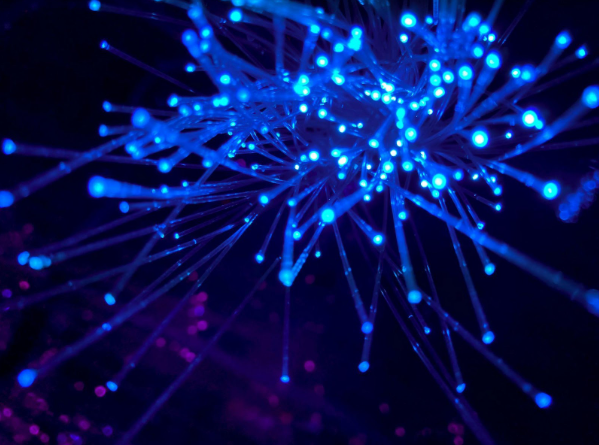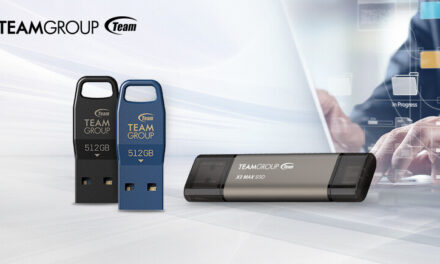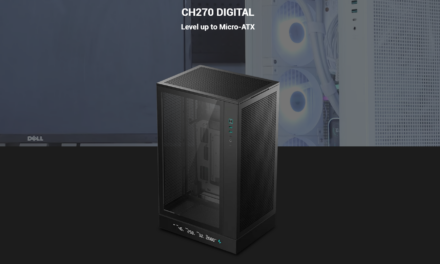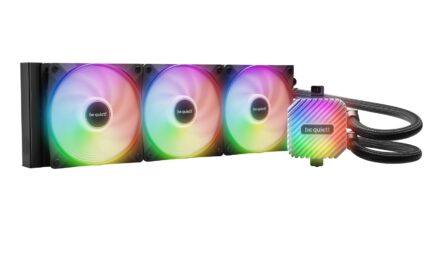
Fiber Internet: The Future of Home Internet Connectivity

In this digital age, everyday life demands a reliable and fast internet connection. With technological evolution and increasing demand for high bandwidth applications, like streaming HD videos, online games, and Smart home automation, conventional internet connection may not cut it. Fiber internet is that next gen connection with all the bandwidth you could ever need. Most ISPs (internet service providers) are now offering ultra-speed and reliable fiber internet. This article lays out what exactly fiber internet is, how its different from traditional internet connections, and why more people are making the shift to fiber.
Fiber Internet is Super-Fast and Reliable
The practical use reveals that fiber optic cables are faster than other internet connections. The difference in the speed of delivery is huge. For instance, the speed of top-level fiber internet is 1 Gbps (gigabit per second) available in income marketplaces. It is around 500 times faster than top-notch speeds available through DSL (digital subscriber lines), which deliver the data through present telephone lines. Moreover, fiber internet is faster than satellite-driven connections, cable-based internet, and all wireless options.
Identical Download and Upload Speeds (Symmetrical Speeds)
Regardless of the delivery provider or technology, there is no connection other than fiber optic cables that offer symmetrical speed (identical download and upload speeds), the primary reason for its ultra-speed and reliable internet network. Most internet plans and packages advertise the download speed, and the concept of upload speed gets lost in the crowd. Most users don’t realize that the upload speed is one of the vital parameters that makes fiber internet stand out from the rest of the choices. In most traditional and low-speed internet connections, upload speeds are slower than download speeds, except for the fiber optic cable network. With the fiber internet connection, download and upload speeds are identical, known as symmetrical speed.
Lower Latency Rates
Latency is yet another area where fiber optic cables surpass others. It is an essential parameter not advertised with an internet package, but it is vital, particularly for game enthusiasts. Latency is the time to transfer data and information between an ISP (Internet Service Provider) and the internet connection. Measured in milliseconds, the lower the latency, the better the connection. The satellite internet has the highest latency of all the internet technologies and devices, hence the unsatisfactory online experience. The latency rates vary for different connection technologies, but none compares to the latency of fiber internet.
Highly Resilient and Robust
This internet delivery technology is the only medium that matches the resilience and robustness of the fiber internet. It owes to the thin glass strands to make fiber optic cables and the method of data transmission (pulses of light). The fiber refers to the thin glass strands. They are subtly larger than human hair strands, making the fiber optic cables robust and lightweight. Copper-wiring connections are bulky and don’t have a reputation for robustness. Furthermore, fiber internet optic cables are corrosion-resistant and don’t deteriorate for decades. This is because glass materials are not prone to corrosion, like copper wires that oxidize with air. Fiber optic cables only transmit light pulses, providing additional protection against environmental degradation, unlike copper-based wires or cables.
Fiber Optics is Resistant to Electromagnetic Interference
Copper-based wires use electrons and electricity for data transmission and are not closed. It indicates they are prone to infringement from radio and electrical waves. Radio and electrical signals from other systems and devices infringe the data transmission through copper wires, disrupting the seamless internet delivery and causing security breaches. However, fiber optics have a natural resilience to external influences, future-proofing the technology. With flexibility in the cable positioning and placement, fiber internet is efficient and more secure.
Conclusion
From the above analysis, there is evidence that fiber internet is the future technology for home network connections. With the high security, low latency, symmetrical speeds, high resilience, data potential, and ultra-speed features, it is unlikely that any other delivery medium or technology can match the benefits of fiber optic cables. Fiber optic cables surpass copper wires based on durability and maintenance. A seamless internet experience is equally important for home users. Whether binge-watching, remote working, video calls, or surfing the internet, reliable, fast, and uninterrupted internet makes the experience satisfactory.



























